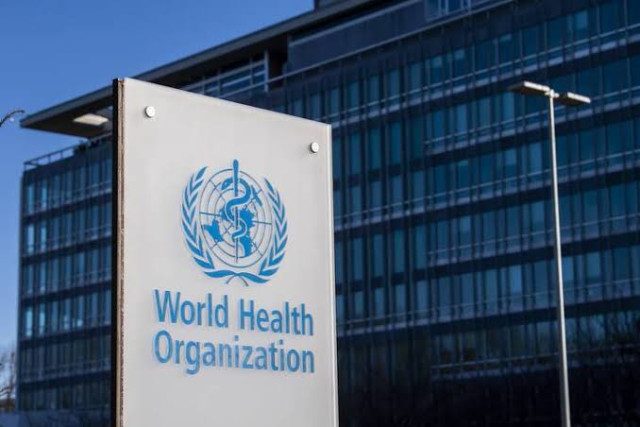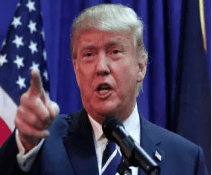The World Health Organization (WHO) attempted to stabilize its finances during its annual assembly that concluded on Tuesday, but it still falls significantly short of its already adjusted financial goal.
After the United States, its largest donor, withdrew its support, the WHO reduced its budget for 2026-2027 from $5.3 billion to $4.2 billion.
The organization’s budget for the 2024-2025 program stood at $6.8 billion.
The diminutive budget proposal was sanctioned at the World Health Assembly, which acts as the WHO’s decision-making body. Nonetheless, a funding deficit of approximately $1.7 billion persists.
WHO budgets are structured in two-year cycles. Established in 1948, the organization originally relied entirely on "assessed contributions" from member nations based on their wealth and population.
However, over time, the WHO became increasingly dependent on "voluntary contributions," which are earmarked for specific outcomes determined by the donor. By the 2020-2021 cycle, assessed contributions accounted for only 16% of the approved program budget, leading to an over-reliance on a small number of major donors.
In 2022, member states consented to augment their assessed contributions, aiming for 50% representation of the WHO's core budget by the 2030-2031 cycle at the latest, thereby providing the WHO with more stable and predictable income.
As part of the 2024-2025 budget, membership fees were raised by 20%. At this year's assembly, countries endorsed another 20% rise in fees, which is expected to generate an additional $90 million annually.
They also approved the WHO’s 2026-2027 budget of $4.2 billion. “Your approval of the next increase in assessed contributions was a strong vote of confidence in your WHO at this critical time,” stated the organization’s leader, Tedros Adhanom Ghebreyesus, during the assembly's conclusion.
Currently, 60% of the base budget for 2026-2027 has been secured, which Hanan Balkhy, the WHO’s Eastern Mediterranean regional director, described as remarkable given today’s financial circumstances.
However, this still leaves the agency $1.7 billion short despite the revised budget. At a recent pledging event, donors provided an additional $210 million for the 2025-2028 investment round to support the WHO’s base budget, including contributions of $80 million from Switzerland, $57 million from the Novo Nordisk Foundation, $13.5 million from Sweden, and $6 million from Qatar. "In a challenging climate for global health, these funds will support us in preserving and extending our life-saving work,” said Tedros.
When he took office in January, U.S. President Donald Trump began the withdrawal process from the WHO and halted nearly all U.S. foreign aid. The U.S. has been a long-time major donor to the WHO. Its exit and refusal to pay membership fees for 2024 and 2025 have caused financial distress for the organization.
The U.S. did not participate in the World Health Assembly. Nevertheless, U.S. Health Secretary Robert F. Kennedy Jr. sent a video message criticizing the organization as bloated and ineffective, urging other countries to consider alternatives.
He claimed the UN agency was overly influenced by China, gender ideology, and the pharmaceutical sector.
Due to the funding cuts, the WHO is reorganizing; it is reducing its executive management team from 14 to 7 and trimming the number of departments from 76 to 34. Unlike other UN agencies, the WHO has not yet indicated any large-scale layoffs.




















